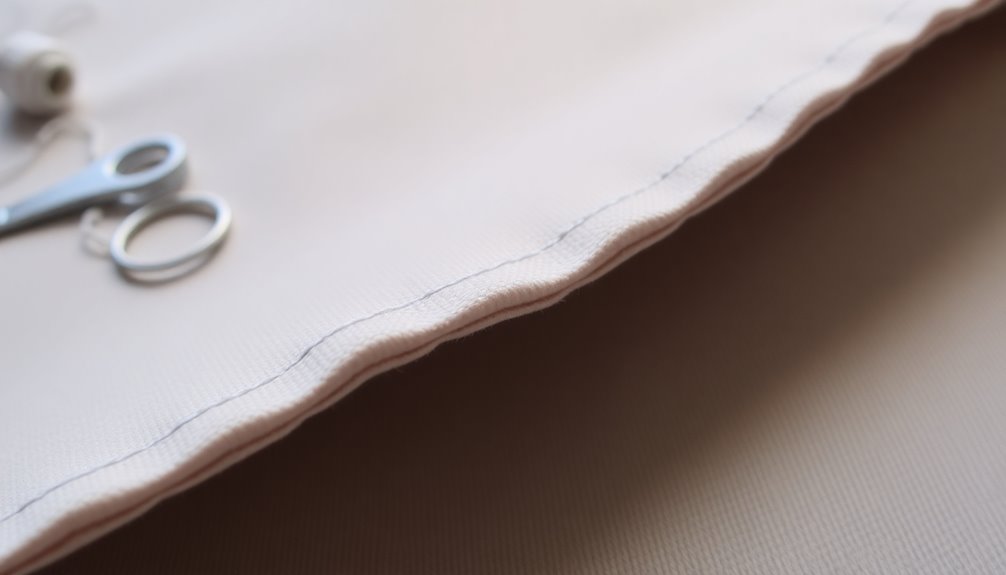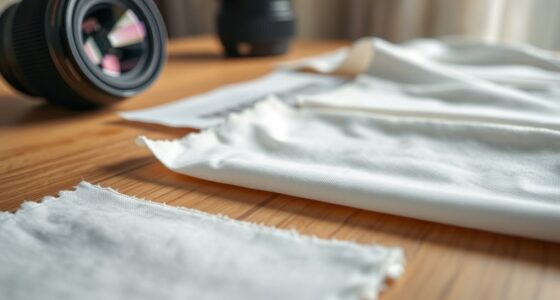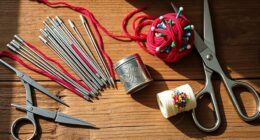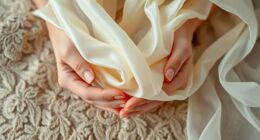Notches in sewing are essential markers that help you align pattern pieces accurately and guarantee proper seam placement. They come in different types, like single and double notches, which indicate the front and back of your garment. Techniques for cutting and marking notches vary, letting you choose what works best for you. Proper notch placement guarantees a polished finish and reduces the risk of fabric stretching. Discover more about how to effectively use notches in your sewing projects!
Key Takeaways
- Notches are essential markers in sewing that help align pattern pieces accurately during the construction process.
- Different types of notches, such as single or double, indicate the front and back of garments.
- Proper notch placement aids in easing fabric along curved seams, preventing distortion.
- Techniques for marking notches include snipping into the seam allowance or cutting out notches for visibility.
- Effective use of notches ensures a polished finish by reducing the risk of fabric stretching or misalignment.
Understanding the Purpose of Notches
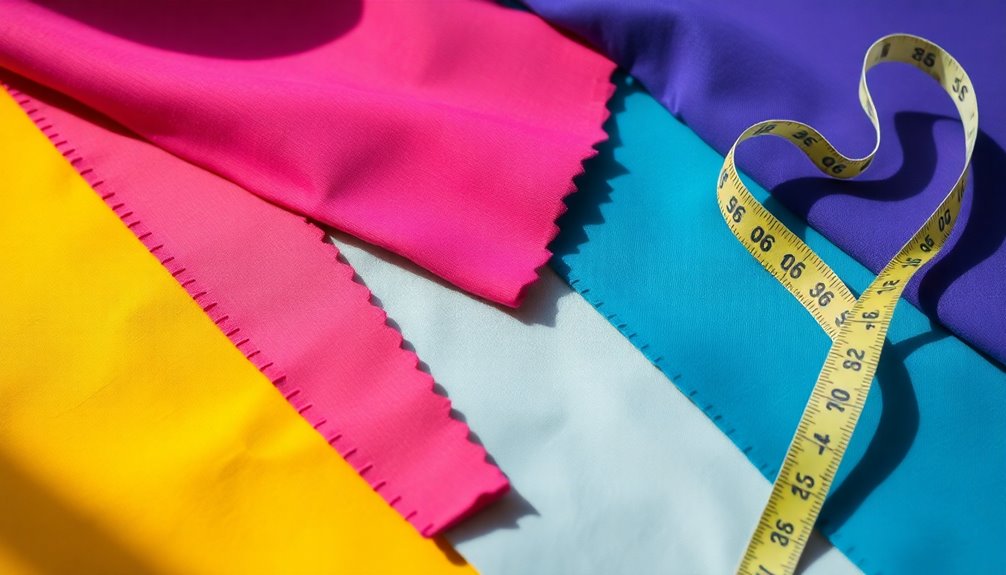
Notches are essential tools in the sewing process, serving as vital markers that help you align pattern pieces accurately. They indicate specific points along seams, ensuring you maintain proper seam allowance while assembling your garment.
When working with curved seams, sewing notches become particularly important, as they guide you in easing fabric without distortion. Properly placed notches provide visual cues for sewing accuracy, making it easier to adjust or alter your work if needed.
Additionally, these markers assist in preventing fabric stretching during the sewing process, contributing to a polished final product. Understanding the purpose of notches helps you create garments with consistent design placement and strong structure, setting the stage for a successful sewing project.
Types of Notches Used in Sewing Patterns
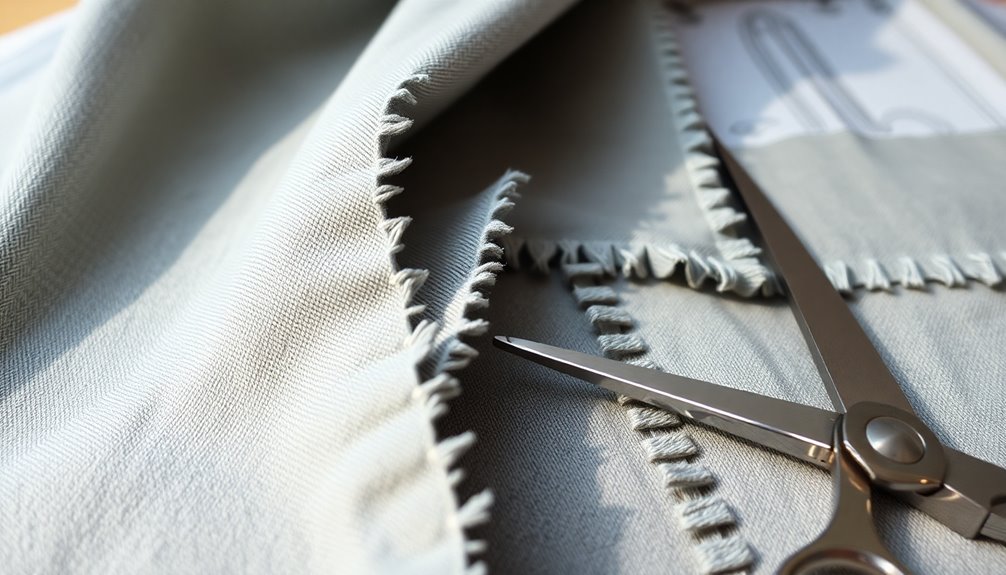
When you're working with sewing patterns, understanding the types of notches can make a significant difference in your project. Notches serve as markers along seam allowances, guiding you in aligning garment sections accurately. Here's a quick overview:
| Type of Notch | Description | Purpose |
|---|---|---|
| Single Notch | Indicates the front of a garment | Aids in front alignment |
| Double Notch | Signifies the back of a garment | Guarantees back alignment |
| Triangular Notch | Common in newer patterns | Provides clarity |
| Diamond-Shaped Notch | Found in vintage patterns | Offers unique styling |
Using these notches effectively, especially along curved lines, will help you achieve a polished finish in your sewing projects.
Techniques for Cutting and Marking Notches
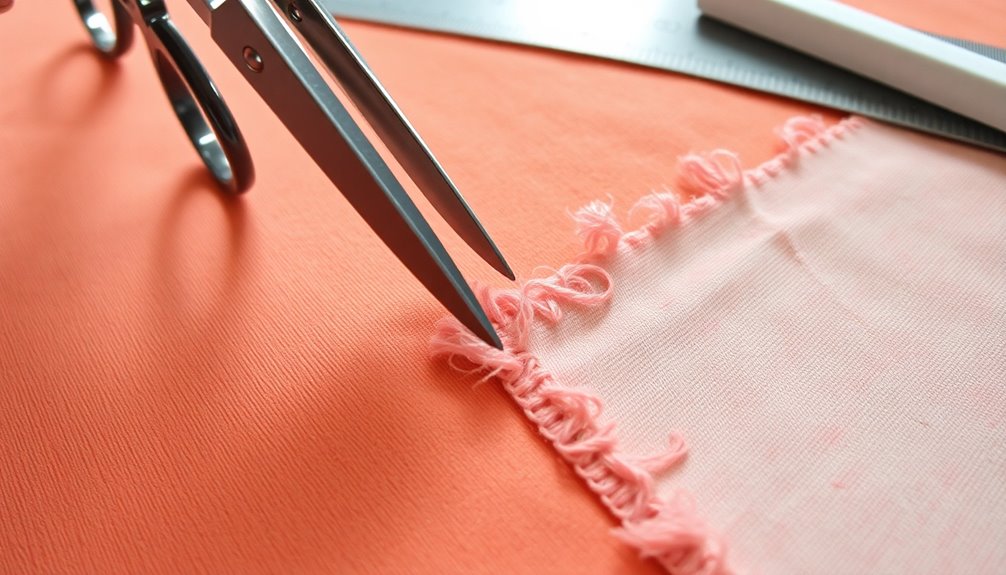
Accurate cutting and marking of notches greatly enhances your sewing process and final results. To create notches, you can snip into the seam allowance, forming a V-shape, which helps align your pattern pieces.
Alternatively, consider cutting out notches as tags from the seam allowance for better visibility and a stronger seam. Using a notching tool allows you to make small, consistent cuts, ensuring even shapes.
Remember, double notches indicate the back of a garment, while single notches mark the front, aiding in proper assembly. When working on corners, only notch one side to maintain the fabric's integrity and prevent weakening the seam.
Benefits of Proper Notch Placement

While you might overlook their importance, properly placed notches can greatly enhance your sewing experience. Accurate notch placement guarantees your pattern pieces align perfectly, which is essential for a well-fitted garment.
Notches provide visual cues for matching seams, helping you maintain consistency in design placement and overall aesthetics. This is especially important on curved edges of the seam, where alignment can be tricky.
Make certain you place notches onto the fabric correctly to facilitate easier adjustments and alterations, allowing for a more tailored fit. By utilizing notches, you reduce the risk of fabric stretching or misalignment, ultimately contributing to a higher quality finished product.
Effective notch marking simplifies the sewing of complex patterns, guaranteeing accuracy and efficiency. Notch marking serves not only to guide the seamstress in aligning fabric pieces but also to enhance the overall finish of the garment. By ensuring that each section is matched precisely, it minimizes errors and reduces fabric waste. Additionally, understanding the selvage definition in sewing is crucial, as identifying the fabric’s edge helps in maintaining the integrity of the pattern and ensures that the final product drapes beautifully.
Personal Experiences With Notch Marking Techniques
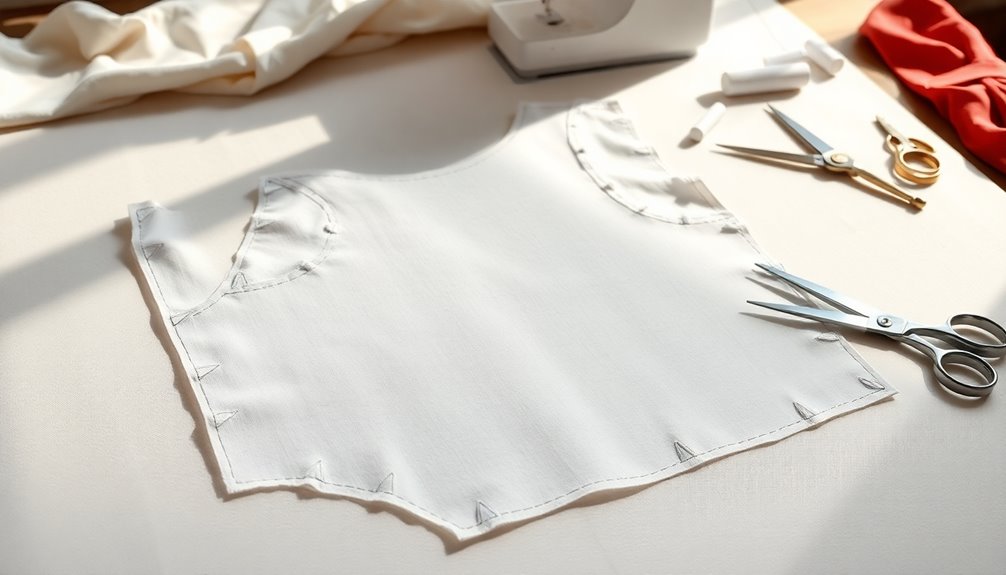
Many sewers have unique stories about their notch marking techniques that reflect their personal journeys in crafting garments. You might find that learning from family or classes shapes your approach. You may prefer cutting out notches instead of snipping to maintain fabric integrity. The visibility of notches becomes even more important when matching pattern pieces, enhancing your workflow. Here's a quick look at common marking techniques:
| Technique | Description |
|---|---|
| Cutting Notches | Removes fabric for visibility |
| Snipping | Small cuts to mark without removal |
| Diamond Notches | Vintage patterns often use these |
| Triangular Notches | Common in newer patterns |
| Personal Preference | Find what feels right for you |
Ultimately, you need to mark notches in a way that suits your style!
Frequently Asked Questions
What Do Notches Mean in Sewing?
When you hear about notches in sewing, think of them as helpful guides.
They're small cuts or markings that show you where to align fabric pieces, ensuring a smoother assembly. You'll find them at critical points like dart arms or seam allowances.
By using notches, you can keep your design consistent and aligned, making your sewing process more accurate and efficient.
What Does Notches Mean in Clothing?
Notches in clothing refer to small cuts or markings on fabric that act as guides for aligning different pieces during the sewing process.
These notches help you match seams accurately, ensuring that the garment fits together correctly. You'll find various shapes, like triangles or diamonds, indicating different sections.
What Are the Uses of Notches?
Imagine you're a skilled navigator charting your course through a vast ocean of fabric. Notches act as your compass, guiding you to align seams perfectly and match vital points. They help you identify the front and back of your garment, making assembly smoother.
What Do Notches Indicate?
Notches indicate important alignment points on your fabric pieces, helping you match them accurately during sewing. They serve as visual cues for where to sew, ensuring you maintain consistent tension and avoid stretching.
You'll notice that double notches often mark the back of a garment, while single notches indicate the front. These markings also guide you in sewing curved seams, making it easier to achieve a smooth, professional finish.
Conclusion
In the world of sewing, notches are like guiding stars, illuminating your path to a polished finish. By understanding their purpose and mastering the art of cutting and marking, you're weaving a tapestry of precision and creativity. Embracing proper notch placement not only enhances your projects but also transforms your sewing journey into a harmonious dance of fabric and thread. So, grab your scissors and let those notches lead you to sewing success—each cut is a step toward your masterpiece!
